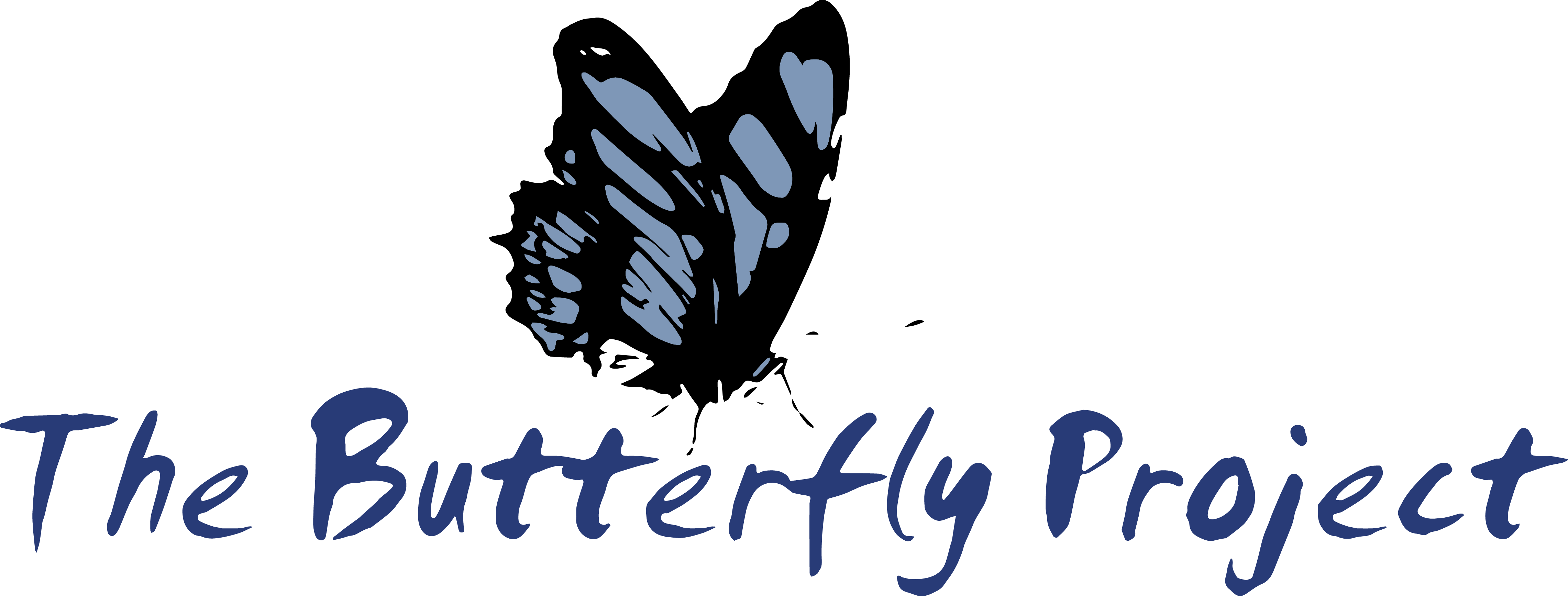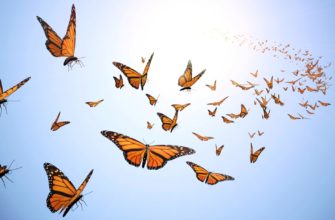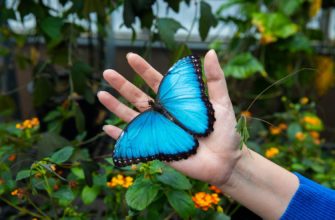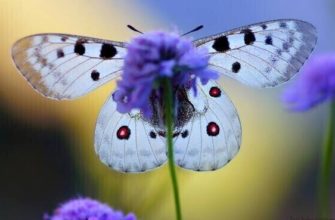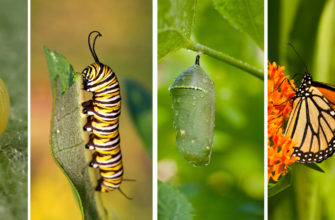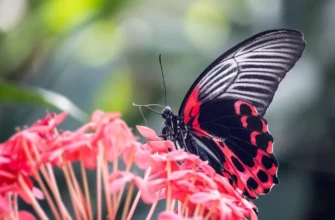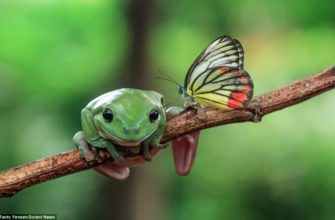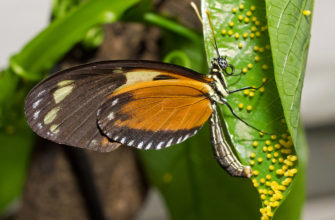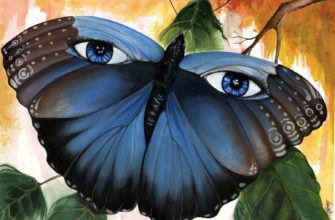Releasing Monarch Butterflies – An Essential Action for a Thriving Environment
The release of Monarch butterflies is crucial to maintain the balance in our ecosystem. These beautiful insects not only bring joy and wonder with their captivating colors and gentle fluttering but also play an essential role in pollinating various plants around us. Their migration patterns, covering thousands of miles, make them an indispensable part of our planet’s biodiversity. The timely release of monarchs can significantly improve local plant populations, which can ultimately benefit the community.
Monarch Care – Ensuring Healthy Butterflies for Release
To ensure that released butterflies survive and thrive, it is imperative to provide an environment conducive to their growth and development throughout each stage of their lifecycle. Adequate hydration, temperature regulation, and sufficient nourishment are vital components to consider when raising monarchs. Taking care of these fragile creatures also involves ensuring a clean environment free from predators.
Preserve Monarchs – A Matter of Life or Death
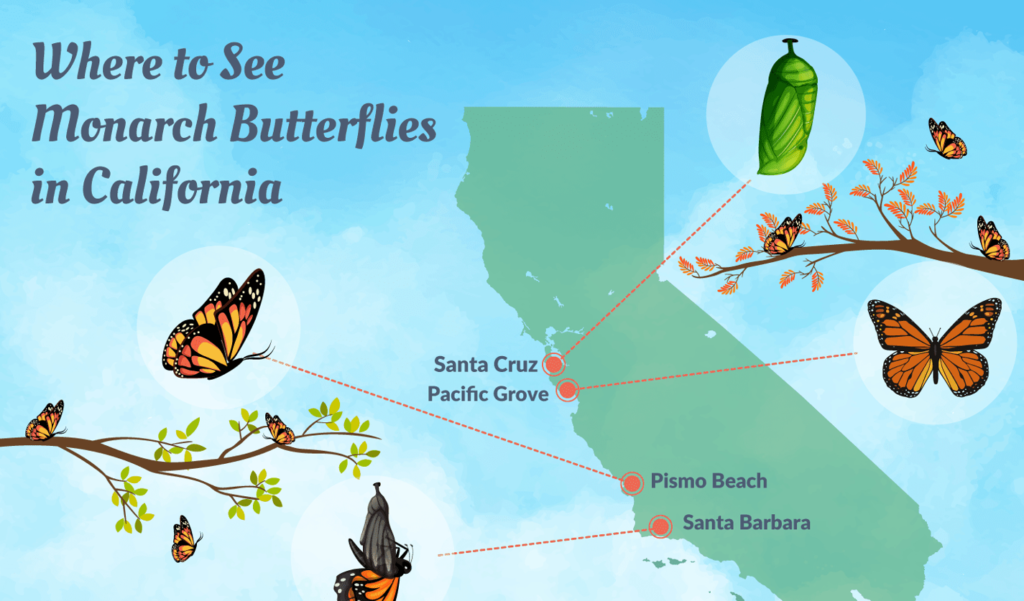 Monarch populations have witnessed a drastic decline over recent years due to habitat loss caused by human activities like deforestation and the use of pesticides. Every single butterfly counts towards maintaining a balanced ecosystem. It is essential to protect them from threats through conservation efforts such as planting milkweed and other nectar-rich plants in gardens and public spaces, avoiding pesticides around them, creating safe habitats for monarchs’ year-round reproduction cycles.
Monarch populations have witnessed a drastic decline over recent years due to habitat loss caused by human activities like deforestation and the use of pesticides. Every single butterfly counts towards maintaining a balanced ecosystem. It is essential to protect them from threats through conservation efforts such as planting milkweed and other nectar-rich plants in gardens and public spaces, avoiding pesticides around them, creating safe habitats for monarchs’ year-round reproduction cycles.
Real-life Example that Highlighted the Importance of Releasing Monarch Butterflies
A friend once shared her experience with raising monarch caterpillars at home before releasing them into the wild. She was able to see a significant improvement in her garden’s overall health thanks to the pollination carried out by these newly released butterflies. Her enthusiasm encouraged others nearby to take up releasing monarchs as well, resulting in positive impacts on local ecosystems. This story exemplifies how successful efforts like this can have long-lasting effects on a community level with proper understanding and care towards the environment.
Before releasing your butterfly, make sure you haven’t accidentally trained it to spell out ‘HELP’ in the sky.
Pre-Release Checklist
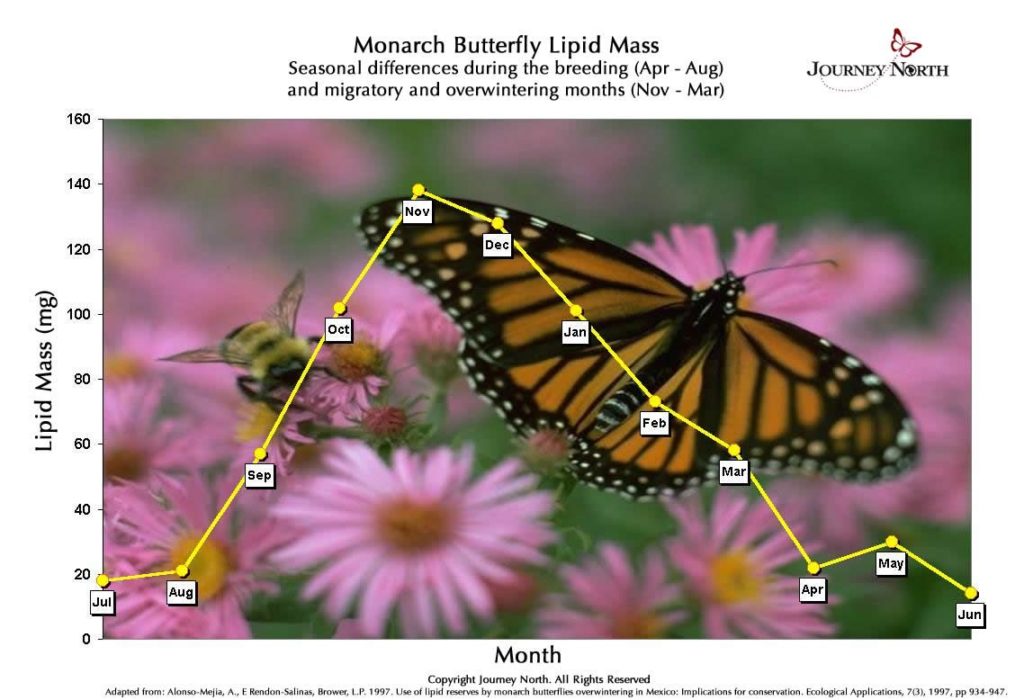
Preparing the Butterfly for Release
An important step before releasing a monarch butterfly is to prepare it for the outside world. This involves performing a set of distinct actions that we can refer to as the ‘Monarch Butterfly Preparation Protocol’.
Here’s a 3-Step guide to follow:
- Offer food – Before releasing, offer sugar water or honey on a sponge or cotton ball. This helps boost their energy.
- Wait for good weather – Monarchs don’t fly well in cold or rainy conditions. So wait until there is good weather with sunshine and little wind.
- Check the time – It is important to release monarchs at least two hours before sunset, so they can navigate and reach their roosting site in time.
Aside from following this protocol, it’s important to remember that monarch butterflies should never be released if they have any physical deformities or if they are carrying parasites or diseases that could spread to other butterflies.
It’s always good to share happy endings! Once, while releasing a tagged monarch butterfly, I had tears in my eyes as it circled around, finally rested on my hand one final time and then flew off into the open sky towards its South American winter home. Butterflies have impeccable timing, so make sure to wait until the weather is just right before setting your monarchs free.
Release Timing
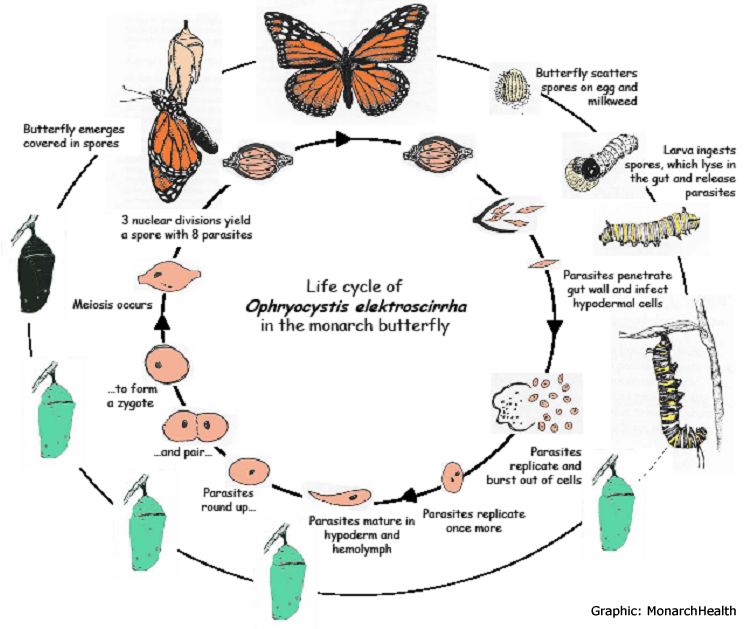
The timing for the release of monarch butterflies is crucial. The proper timing ensures that the butterflies have ample time to acclimatize and become familiar with their surroundings. After emergence, the butterflies need approximately two to three hours to dry their wings before releasing them into the wild.
It is essential to release the monarch butterflies during daylight hours when temperatures are above 55°F (12°C). A sunny day without strong winds or rain is ideal. Monarchs need warm weather and sunlight to fly and gather nectar, which provides energy for their long journey south.
Releasing monarchs too early or too late in the season can have a significant impact on their survival. The right timing varies depending on location, climate, and other factors that can affect butterfly behavior.
Some history reveals that monarchs were once released at events like weddings, birthdays, and funerals. Today, these practices have been discouraged by conservationists who advocate for releasing butterflies in natural habitats where they can live out their full life cycles.
Find the perfect spot for your butterfly friend to take flight and leave their troubles behind, because let’s face it, we could all use a change of scenery these days.
Choosing the Release Site
When selecting a location to release monarch butterflies, consider the environment and habitat to ensure their survival. A favorable site will provide adequate nectar plants, sunlight, and shelter from harsh weather conditions.
Consider These Factors When Choosing the Release Site:
| Factors | Explanation |
|---|---|
| Climate | Choose appropriate temperature and climate according to the monarch butterflies’ requirements. |
| Plants | Ensure that there is a variety of nectar plants that bloom throughout the butterfly’s life cycle. |
| Shelter | Make sure the release site provides protection from predators and high winds. |
| Sunlight | Ensure that there are open areas for sunlight during certain times of the day. |
It is also essential to release monarchs during an appropriate season when environmental conditions are favorable for their survival. Avoid releasing them during extreme temperatures or drought. A suitable season for release is between mid-August and mid-September in most parts of North America.
Monarch butterflies have a remarkable history as they migrate up to 3000 miles each year. Over millions of years, monarchs have adapted to survive in different environments despite being vulnerable to change. To ensure their continued existence, it is crucial to carefully choose release sites that will allow them to thrive.
Releasing a monarch butterfly is like launching a tiny superhero into the world, so make sure they’re ready to take on the villains of nature with these tips.
Release Process and Tips
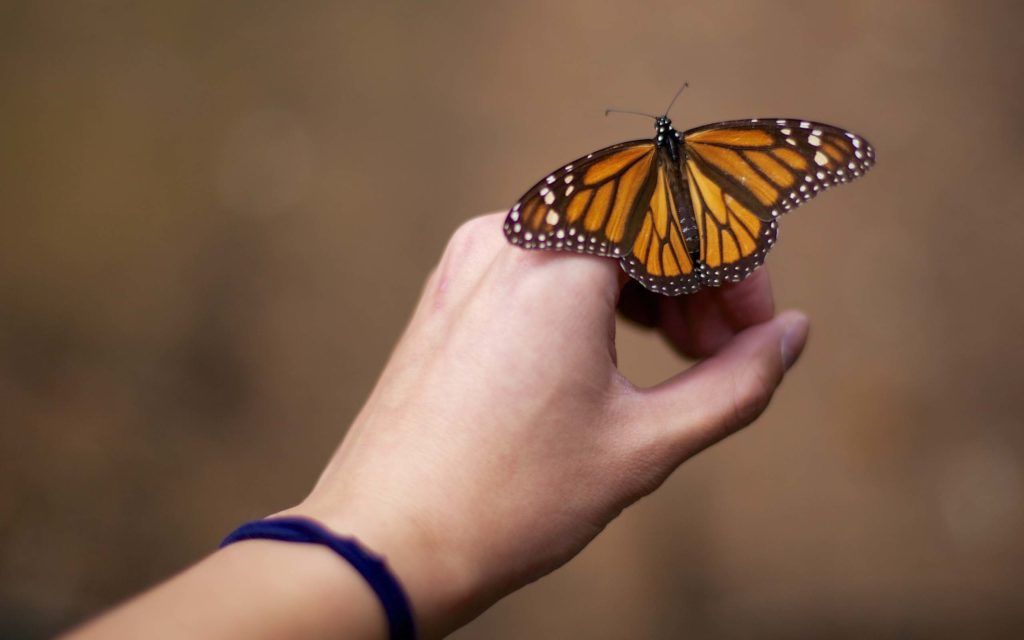
Releasing a Monarch Butterfly: Vital Steps You Cannot Skip
Preparing to release a monarch butterfly requires careful attention to detail.
- Wait until the temperature is above 55 degrees Fahrenheit before beginning the process.
- Hold the butterfly gently on your fingers near a flowering plant for its food source. It is critical not to handle the wings of the butterfly and let it take flight on their own.
Another critical factor when releasing a monarch butterfly is ensuring that you are doing so in an area that is safe for them. The best time to release them is during daylight hours with mild weather patterns. Place them away from any harmful or predatory animals that could cause harm.
Pro Tip: Create an environment ideal for butterflies in your garden by planting milkweed plants and other nectar-rich flowers that they enjoy dining on without pesticides or herbicides applied.
Butterfly gone, but not forgotten – keep an eye on your monarch and watch them soar… or maybe just stumble around confusedly.
Monitoring the Butterfly After Release
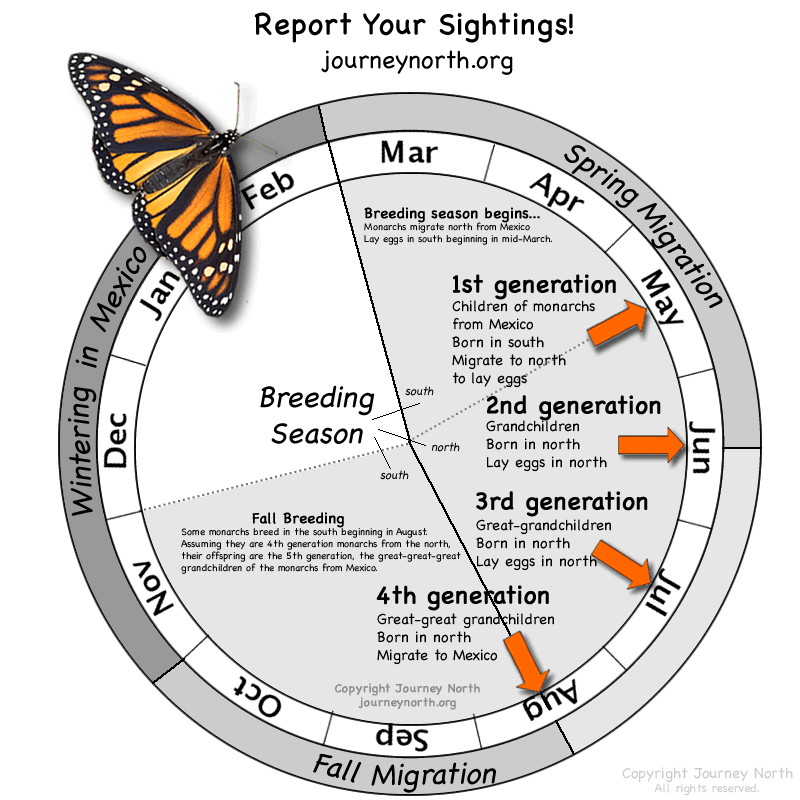
Once you release a monarch butterfly, the process is not over. It is crucial to keep an eye on the butterfly’s activities and location for a few hours to ensure its safety and successful integration into its surroundings. Carefully observe the butterfly’s behavior, including flying ability and food source availability.
Check for any sign of distress or weakness, such as struggling to fly or sitting still for an extended period. If there is any issue with the butterfly’s health, carefully capture it with a net and bring it back inside for further observation or medical intervention if necessary.
While observing the released monarch butterfly, avoid interfering or feeding it unless it appears weak or struggling. If left alone, they will find their food source and assimilate themselves naturally into their new surroundings.
Remember that releasing monarch butterflies is a joyful moment that needs special attention to details in order not to miss anything. Missing out on vigilant monitoring may lead to unwanted outcomes after release such as predators attacking it, harsh weather changes affecting their survival amongst other issues.
Therefore, pay close attention to the butterfly activities after release as any unusual occurrence should be immediately addressed to enhance your success rate of saving this species which greatly depends on citizens like you for their survival!
